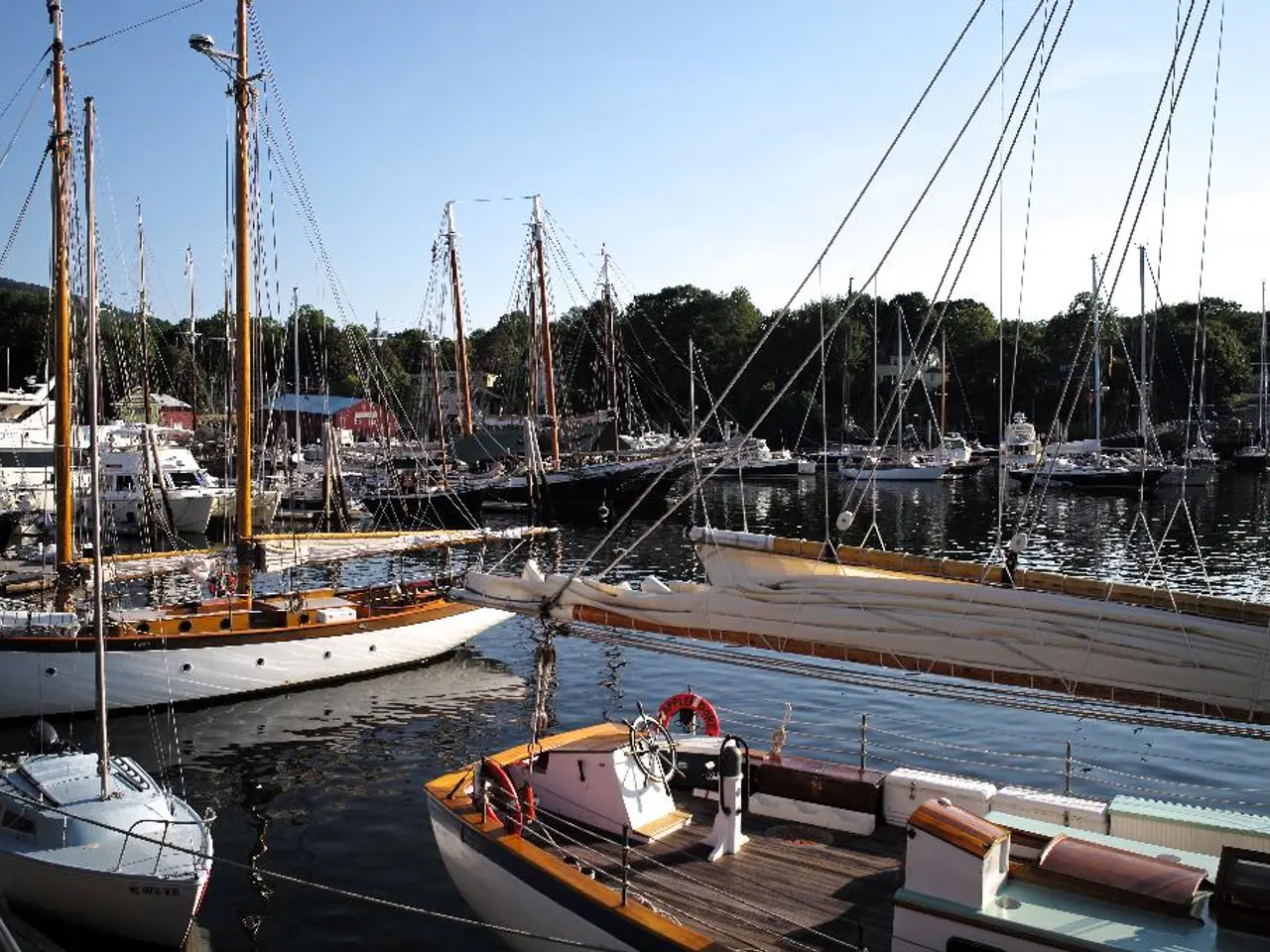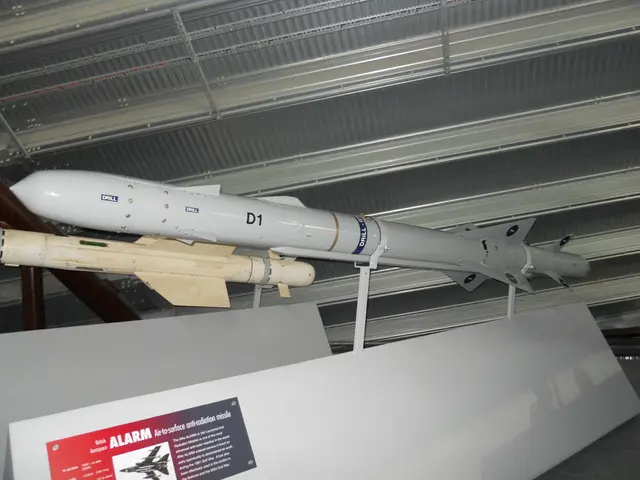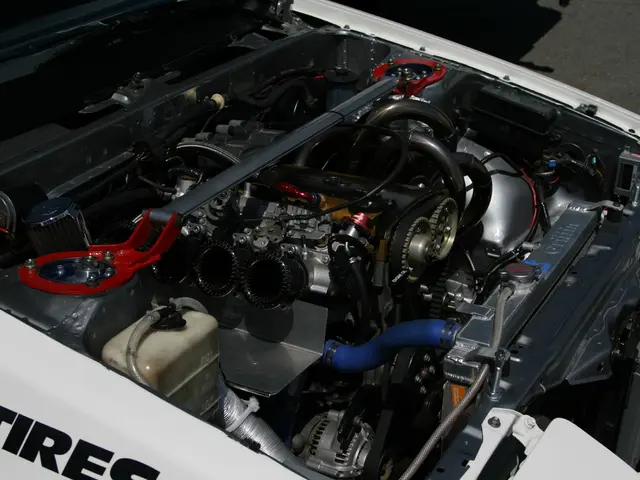Norway intends to construct mobile nuclear power stations on the water - Norway intends to construct offshore nuclear power facilities
Norway is set to join the ranks of countries exploring floating nuclear power plants, with a recent collaboration between Norwegian partners aiming to investigate, develop, and mature solutions that combine emission-free nuclear power with flexible maritime platforms.
The planned floating power plants, envisioned in the 200-250 MW range, could supply power both offshore and onshore, contributing to Norway’s climate goals and providing a reliable, stable, and climate-friendly energy supply for industry, society, and maritime operations.
Leveraging Expertise in Maritime Technology
Norway, with its extensive expertise in building ships and maritime facilities, is well-positioned to take on this innovative project. The floating platforms are designed to allow flexibility in deployment and can serve remote or offshore locations effectively.
Potential Benefits and Challenges
The benefits of this technology include creating value for future generations through innovation and leveraging Nordic industry expertise. However, there are challenges to be addressed, such as meeting strict Norwegian legislation and regulations governing nuclear power, technical and engineering challenges in designing reliable floating platforms integrating nuclear reactors, and ensuring safety, security, and environmental protection in marine and coastal environments.
Pioneering Fourth-Generation Reactors
The planned Norwegian floating nuclear power plants will likely feature fourth-generation nuclear power plants, known for their designs that make a core meltdown impossible through passive safety systems. Molten salt reactors, a type of fourth-generation reactor, are also being considered, where the fuel also serves as a coolant and automatically shuts down in case of overheating.
Collaborative Efforts
British startup Core Power is developing floating nuclear power plants in collaboration with Westinghouse in the US, while Seaborg Technologies in Denmark is developing compact liquid salt reactors for floating power plants. Russia has four more floating reactors planned, equipped with RITM-200 reactors, and the Akademik Lomonossov, Russia's operational floating nuclear power plant, has been in operation since 2019.
Addressing Concerns
Critics of the plan have raised concerns about potential risks such as the disposal of radioactive waste and the danger of leaks in maritime environments. To address these concerns, the project will focus on safe and secure waste management and robust design to minimise the risk of leaks.
Looking Forward
Norway’s approach leverages its industrial and maritime strengths while aiming to provide secure and clean energy through innovative floating SMR technology. With the feasibility study for a site in the Aure region set to begin in 2024, Norway is poised to lead the way in floating nuclear power plant technology.
References
[1] Norwegian Ministry of Climate and Environment. (2021). Floating nuclear power plants. Retrieved from https://www.regjeringen.no/en/aktuelt/floating-nuclear-power-plants/id2791361/
[2] The Norwegian Water Resources and Energy Directorate. (2021). Floating nuclear power plants. Retrieved from https://www.nve.no/en/energy-and-climate/nuclear-power/floating-nuclear-power-plants/
[3] The Independent. (2021). Norway plans floating nuclear power plants to meet its climate goals. Retrieved from https://www.independent.co.uk/climate-change/news/norway-floating-nuclear-power-plants-climate-goals-b1871829.html








